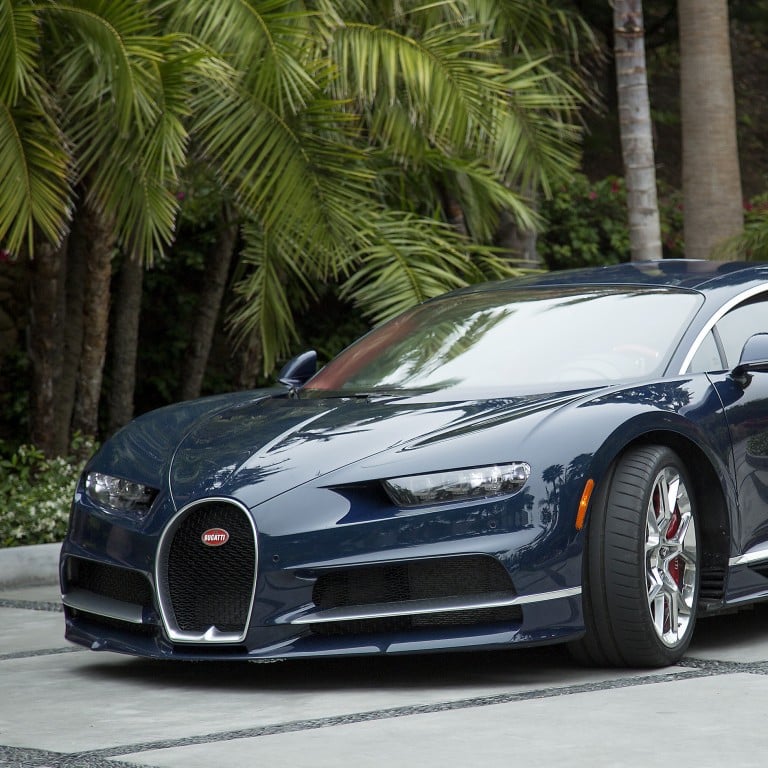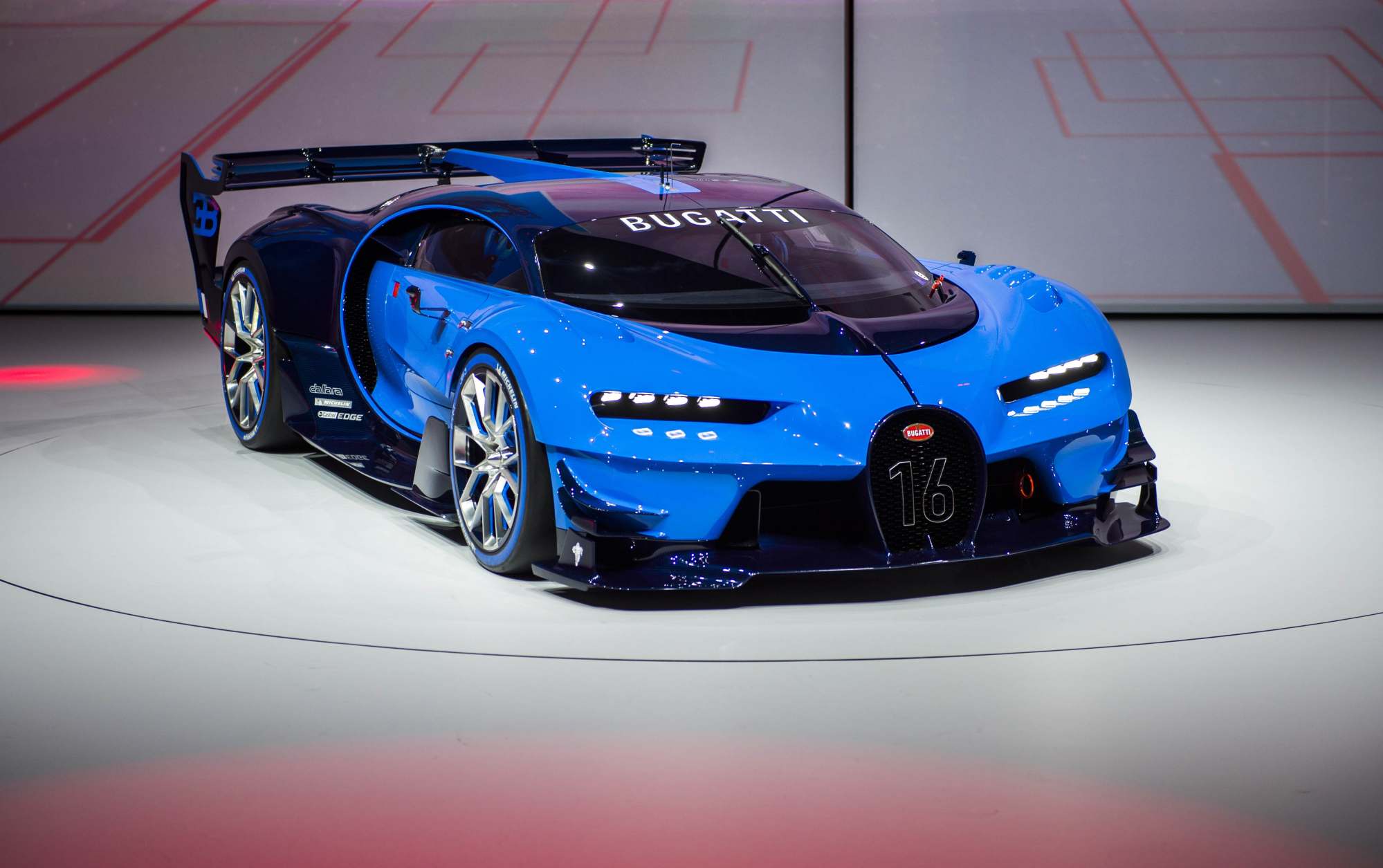Opinion / Why Bugatti’s sale marks the end of petrol cars: Porsche takes Volkswagen’s stake and forms JV with Rimac – so what does that mean for one of the oldest luxury hyper car makers?

This article is part of STYLE’s Luxury Column.
Bugatti was the ultimate hyper car even before the term hyper car was created.
Founded in 1909 in Molsheim, Bugatti made a name for itself from the onset for winning races and creating stunningly beautiful cars. When Ettore Bugatti died in 1947, the brand vanished with only around 8,000 cars built, among those the iconic Type 57 SC Atlantic, for many the most beautiful car ever made. To call it a car would not give it justice. A piece of art seems the more appropriate description.

After 40 years of being just a memory, the brand was revived in 1987 by Italian entrepreneur Romano Artioli. But as development costs rose amid weak economic conditions, the company once again ceased operations in 1995. Subsequently, Volkswagen, under the aegis of Ferdinand Piëch, bought trademark rights to the brand in 1998. It marked the pinnacle of Piëch’s legacy, creating a car group crowned by a brand that represents luxury and exclusivity in a way maybe only Rolls-Royce and Ferrari could rival.
Only US$2 million? Why these high-end supercars are priced too cheap
To signal to the world his ambition to position Bugatti at the very top, Piëch initiated the development of a massive 18 cylinder engine, making the Bugatti Veyron and its successor, the Chiron, the fastest production cars money could buy. Bugattis broke one speed record after the other. No other manufacturer could offer an engine like Bugatti; no other car could rival its acceleration and speed.

From the moment Volkswagen took over Bugatti, it has been known as a masterpiece and showcase of luxury. Its cars sold for millions – a level that was unheard of before the brand was brought back to life. Subsequently, under the leadership of Stephan Winkelmann, the brand entered the lucrative space of one-offs, creating limited editions like the dynamic Bugatti Divo costing over US$5 million; Centodieci, which is limited to only 10 pieces; and the world’s most expensive car, La Voiture Noire, which easily costs over US$18 million.

Meet Alice, the US$3m custom Bugatti supercar that’s oh-so-pretty in pink

Hence, when a brand is spun off, one that seems to have done everything right when it comes to luxury brand building, it is a strong signal that times have changed.
Volkswagen is spinning off Bugatti and integrating it into a joint venture named Bugatti Rimac in partnership with Croatian EV maker Rimac. Volkswagen’s holding of Bugatti would be transferred to Porsche, which now has a 45 per cent stake in the JV, with Rimac being the majority partner. Mate Rimac, the superstar electric sports car pioneer from Croatia, will take over the CEO role at Bugatti. Volkswagen’s decision to distance itself from Bugatti also might have something to do with the company’s announcement to shift away from combustion engine vehicles in Europe by 2035.

And no one is better positioned than Rimac to lead Bugatti into its electric future. Because an electric Bugatti cannot be just another electric car, it will have to differentiate also in performance. Not an easy task, when the new US$130,000 Tesla Model S Plaid is able to accelerate from zero to sixty miles per hour in less than two seconds, undercutting Bugatti’s sprint time. And since Bugatti’s raison d’être in its brand story has been to deliver the world’s fastest speeds coupled with spectacular designs, an electric Bugatti will need to set new benchmarks.
Is this the best luxury EV on the market in 2021?

It will be exciting to see what Bugatti’s electric future will look like. For now, it is critical to define new luxury brand equity elements beyond cylinders, sound and top speed. And it will be critical to resist the urge to water down the brand with a lower priced “entry level” car, which would dilute brand equity. It won’t be an easy task but needs to be done to carry forward the glory of the petrol era Bugattis into the 2030s and beyond.
Want more stories like this? Sign up here. Follow STYLE on Facebook, Instagram, YouTube and Twitter.

- Bugatti is partnering with Croatian upstart in a new JV called Bugatti Rimac, taking the century-old brand in a new direction
- The maker of the world’s most expensive car, worth a staggering US$18 million, boasts famous clients like Cristiano Ronaldo, Roberto Carlos and Jay Leno